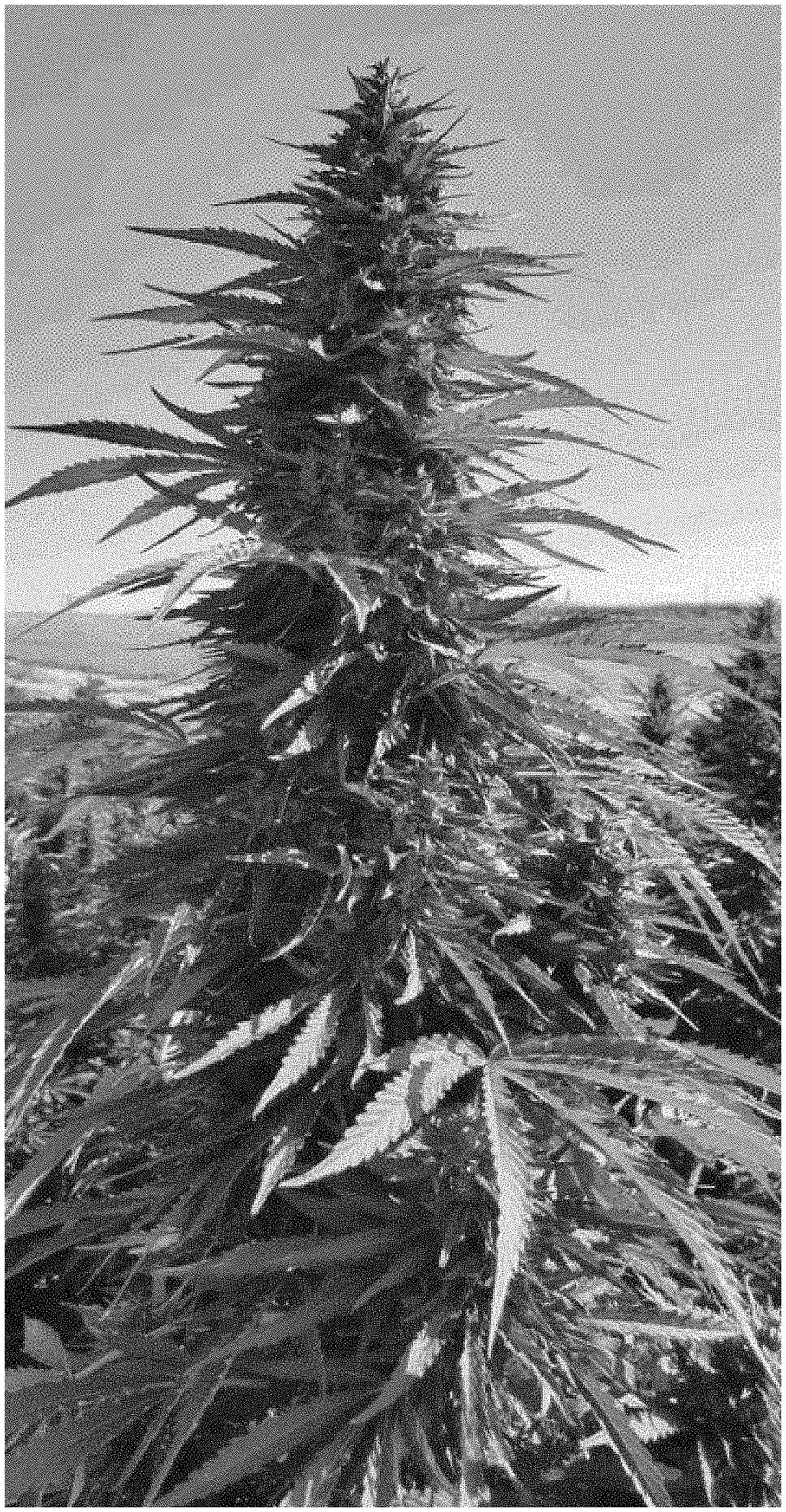Invented by Brian Campbell, Charlottes Web Inc
Hemp is a versatile plant that has been used for thousands of years for various purposes. It is a member of the cannabis family, but unlike marijuana, it contains very low levels of THC, the psychoactive compound that produces a high. This makes hemp a legal and safe crop to cultivate.
The market for hemp has been expanding due to the legalization of hemp cultivation in many countries, including the United States. The 2018 Farm Bill legalized the production of hemp, which has led to a surge in hemp farming across the country. This has created new opportunities for farmers and entrepreneurs to enter the hemp industry.
One of the most popular hemp-based products is CBD oil, which is derived from the flowers and leaves of the hemp plant. CBD oil has been shown to have many health benefits, including reducing anxiety, improving sleep, and relieving pain. As a result, the demand for CBD oil has been growing rapidly, and it is now available in many different forms, including tinctures, capsules, and topicals.
Hemp fiber is another valuable product that is derived from the stalks of the hemp plant. Hemp fiber is strong, durable, and environmentally friendly, making it an ideal material for clothing, paper, and building materials. Hemp seeds are also a popular product, as they are high in protein, fiber, and healthy fats.
The market for hemp is expected to continue growing in the coming years, as more people become aware of the benefits of hemp-based products. However, there are still some challenges facing the hemp industry, including a lack of infrastructure and processing facilities. As the industry continues to mature, these challenges are likely to be addressed, leading to even more growth and innovation in the hemp market.
In conclusion, the market for hemp plant, also known as EM15B2A170, is a rapidly growing industry that offers many opportunities for farmers, entrepreneurs, and consumers. With the legalization of hemp cultivation and the increasing demand for hemp-based products, the future looks bright for this versatile and valuable plant.
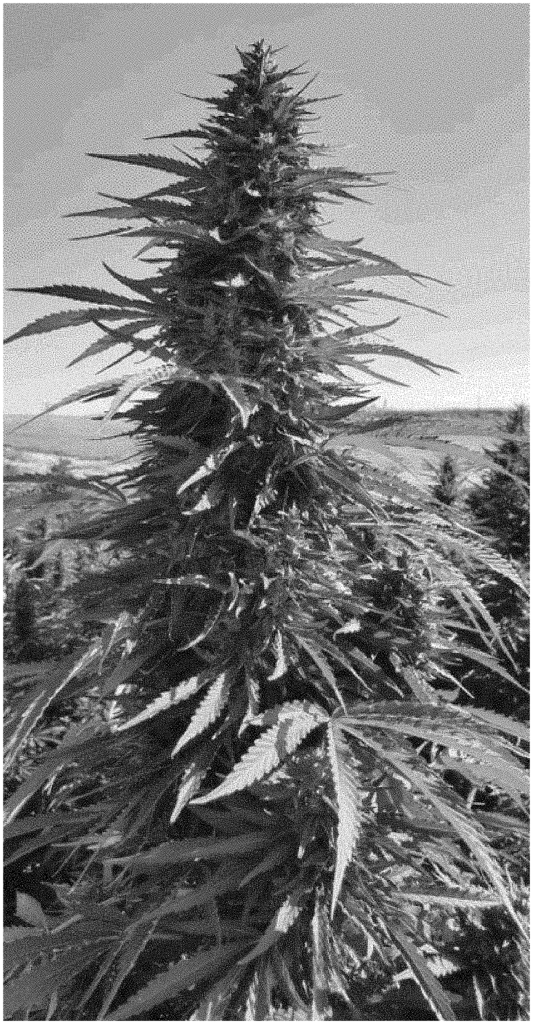
The Charlottes Web Inc invention works as follows
The present disclosure discloses a new and distinctive hemp cultivar, designated ‘EM15b2A170’. The present disclosure is related to the seeds of the ‘EM15b2A170’ hemp plant, as well as to the plants, cells, and parts of this plant. It also relates to the methods of producing a hemp by crossing the EM15b2A170 hemp plant. The present disclosure relates to seeds of the hemp plant?EM15b2A170?, plants, parts, and cells of the hemp plant?EM15b2A170?” as well as methods for producing a hemp by crossing the hemp plant ‘EM15b2A170?” with itself or another Cannabis plant. “The disclosure also relates to the morphological, physiological and uses of the new and distinctive hemp cultivar.
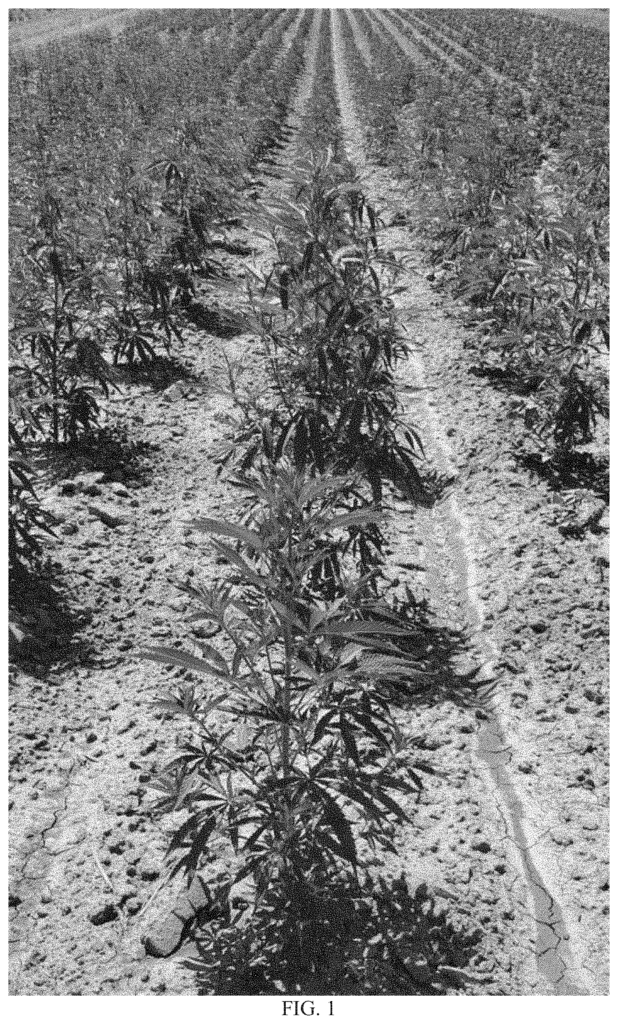
Background for Hemp plant called?EM15B2A170?
Cannabis is a flowering plant genus that contains at least three species: Cannabis sativa (also known as industrial hemp), Cannabis indica (also known as cannabis ruderalis), and Cannabis ruderalis. This can be determined from the phenotypes of plants and their secondary metabolite profile. Industrial hemp is a specific type of Cannabis that’s grown for industrial purposes. In the United States Cannabis is classified as hemp if its tetrahydrocannabinol concentration (i.e. 0.3%) at harvest maturity does not exceed three-tenths (i.e. 0.3%). Hemp plants also contain high levels of CBD, which is used to make a wide range of products, such as food, drinks and dietary supplements, cosmetics, and other consumer goods.
Hemp production remains a challenge for farmers. A single male plant can ruin a whole crop of hemp by fertilizing its valuable female flowers. To avoid premature or late maturity of a large portion of the hemp crop, hemp varieties that grow uniformly are also required for large scale hemp cultivation. Feminized seed for high CBD-producing lines that mature early and are stress-tolerant is highly desired, but it’s not widely available yet.
There is a constant need for new varieties of hemp to meet the growing demand in fiber and CBD-based products.
This disclosure relates to a unique and new hemp cultivar, designated as EM15b2A170. In some embodiments the ‘EM15b2A170’ is a Cannabis sativa L. In some embodiments, the?EM15b2A170? is a Cannabis Sativa L. plant.
The inventors reproduced?EM15b2A170? The?EM15b2A170? cultivar was reproduced by the inventors through strategic cross-breeding and selections of proprietary lines. The?EM15b2A170′ is a hybrid seed produced by crossing two parental lines maintained at the inventors’ greenhouses, nurseries, fields and/or facilities in Colorado. The?EM15b2A170? plant is maintained as hybrid seed, produced by crossing the two parental lines at the inventors’ greenhouses and nurseries in Colorado.
The present disclosure discloses a new and distinct hemp variety, designated as ‘EM15b2A170’. The present disclosure is applicable to hemp varieties ‘EM15b2A170’, the plants, parts, or cells of hemp varieties ‘EM15b2A170′, or the plants, parts, or cells that have all the essential morphological and physiological characteristics of a hemp variety. The present disclosure relates to the seeds of hemp variety?EM15b2A170?, to the plants or parts of hemp variety?EM15b2A170’, to the plant cells of hemp variety?”EM15b2A170″ and to the plants, plant parts, or plant cells that have all the essential physiological or morphological features of the?EM15b2A170″ variety.
The present disclosure is about methods of producing hemp plants and/or seeds by crossing the hemp variety “EM15b2A170” with itself or another Cannabis and/or hemp plant. With itself or with another Cannabis and/or a hemp plant. Another aspect is hybrid hemp plants and hemp seeds that are produced by crossing a hemp variety called?EM15b2A170′ with another Cannabis or hemp plant. “With a cannabis and/or hemp plants.
Another aspect is directed at a method for producing a cannabinoid-rich extract, which involves contacting hemp plants of?EM15b2A170′ variety with a solvent or heat and then producing the cannabinoid-rich extract.” “Another aspect of the present disclosure is also directed to a method of producing a cannabinoid extraction, which comprises contacting plants from the hemp variety?EM15b2A170? with a heat or solvent and producing the extract.
In certain embodiments, this disclosure teaches a plant, plant part or plant cell from the hemp plant variety designated as?EM15b2A170′, wherein a representative seed has been deposited with NCMA No. 202203084. The present disclosure may teach that the plant component is an inflorescence or a flower.
In some embodiments the present disclosure teaches hemp plants, plant parts or plant cells that have all the essential physiological and molecular characteristics of the hemp variety designated “EM15b2A170” The Tables 1-5 include, but are not limited to, the results of the 5% significance test when the plants were grown under the same conditions. This includes when the hemp and/or cannabis plants were grown together. The present disclosure, in some embodiments teaches a cannabis plant or plant part, or even a cell of a cannabis plant that has all the essential physiological and molecular characteristics of the hemp plants of the present disclosure.
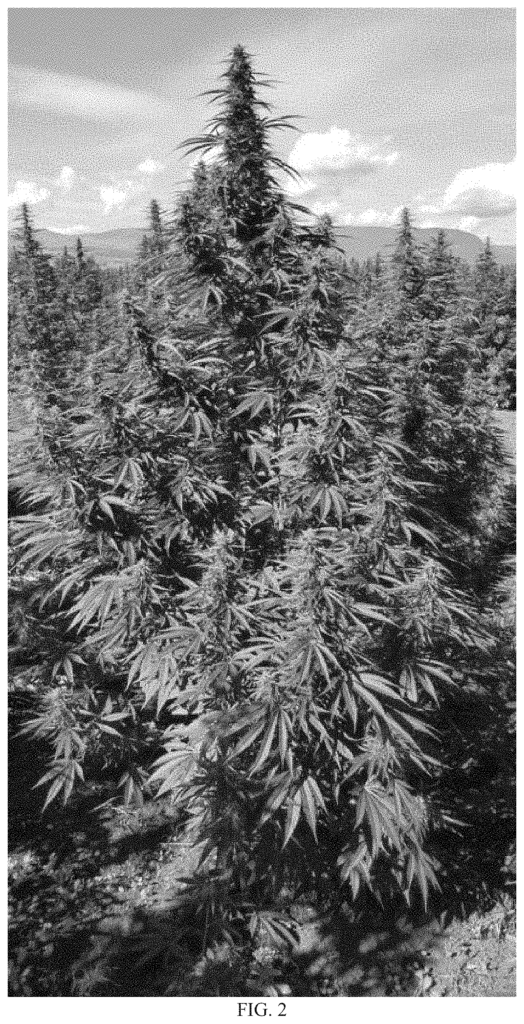
The present disclosure, in some embodiments, teaches a hemp or plant part, or plant cell, which has all the essential physiological or morphological features of the hemp variety designated “EM15b2A170”, wherein a sample representative of seed of this variety was deposited with NCMA No. 202203084.
In some embodiments the present disclosure teaches tissue cultures of regenerable cell produced from the plant or plant part of the disclosure. The new plant that is regenerated using the tissue culture will have all the morphological, physiological, and phenotypic characteristics of the hemp variety designated “EM15b2A170”. The same conditions of growth are used in the Tables 1-5. The present disclosure in some embodiments teaches a plant that is regenerated using the tissue culture, and has all of the morphological, physiological, and other characteristics of hemp. In certain embodiments, the current disclosure teaches a plant regenerated by tissue culture that has all the morphological and physiological characteristics of hemp of the present disclosure. A representative sample of seeds of this variety was deposited with NCMA no. 202203084.
In some embodiments, this disclosure teaches a way to produce a hemp seed. This includes self-planting the hemp plant and harvesting the resulting hemp seed. The present disclosure may also teach how to make a hemp seed using the method described in the present disclosure.
In certain embodiments, the present discloses a method of producing a hemp seed by crossing the hemp plant described in the present disclosure with another distinct plant. The present disclosure may teach an F1 hemp plant that is produced using the method of this disclosure in some instances. The present disclosure may teach an F1 hemp plant or a part of a plant cell, depending on how it is grown.
The present disclosure describes a method for producing a hemp variety derived from EM15b2A170, which includes: a. crossing the plant in the present disclosure with another plant or with the same plant itself to produce progeny seeds; b. growing the progeny seeds to produce a new plant, and then crossing that plant with a different plant or with the original plant again to produce more progeny seeds; and c. repeating the step (b) several times to obtain the hemp variety derived
The present disclosure, in some embodiments, teaches a way to produce a hemp plant that is derived form the variety “EM15b2A170”. This method also includes crossing the hemp plants derived by the variety “EM15b2A170” with another plant of a completely different genotype, to create seeds of a hybrid hemp variety.
In some embodiments, this disclosure teaches a way to produce nucleic acid. This includes isolating nucleic acid from the plant, seed, part or plant cell.
In some embodiments the present disclosure teaches hemp plants, plant parts, or plant cells that have a single locus transformation and otherwise, essentially, all of the morphological, and physiological, characteristics of hemp plants?EM15b2A170? When grown under the same environmental conditions. The present disclosure states that in some embodiments the single locus transformation confers herbicide resistance to the plant. In some embodiments the present disclosure teaches the single locus is a gene or nucleotide that has been artificially mutated. In some embodiments of the present disclosure, it is taught that the single-locus conversion is a modified gene through the use breeding techniques.
In some embodiments, this disclosure teaches a hemp cultivar designated?EM15b2A170′ as described and detailed in the present disclosure. As described and detailed in this disclosure.
In some embodiments the present disclosure teaches the method of producing cannabinoid extraction, which includes the following steps: (a) contact the plant of the current disclosure with a heat or solvent, producing a cannabinoid extract.
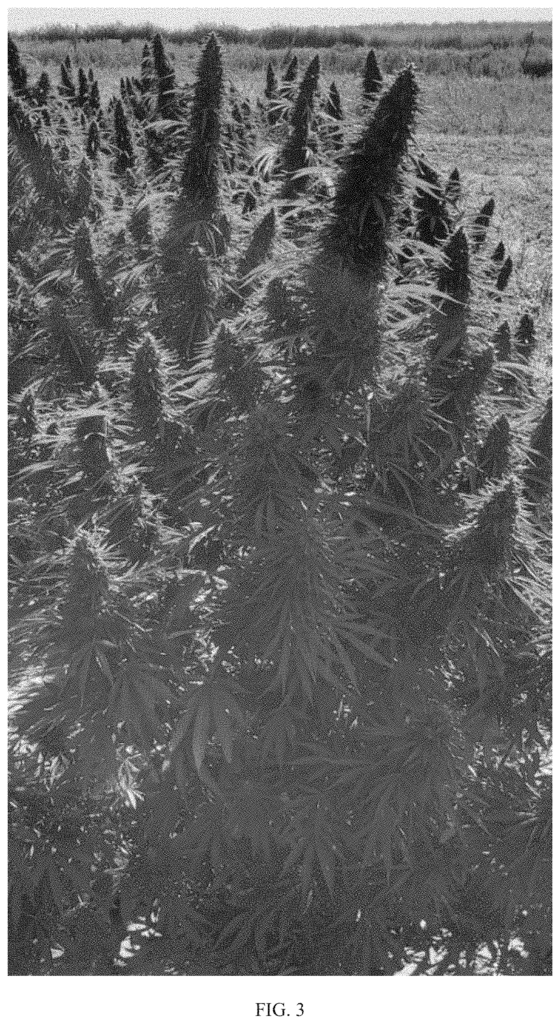
In some embodiments the present disclosure teaches the use of a non-viable, dry plant or part of a non-viable, dry plant of hemp variety “EM15b2A170”, wherein representative seeds of the variety have been deposited with NCMA No. 202203084.
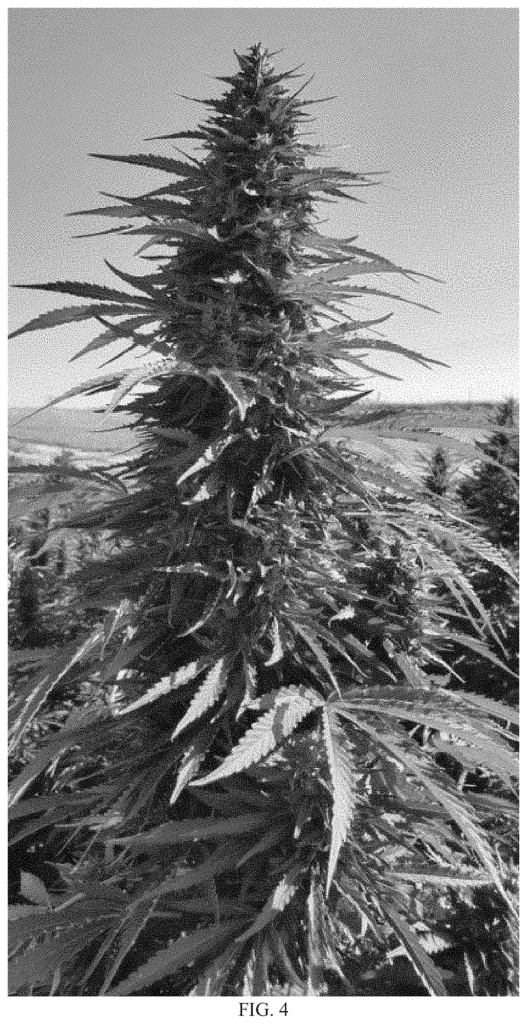
Click here to view the patent on Google Patents.
